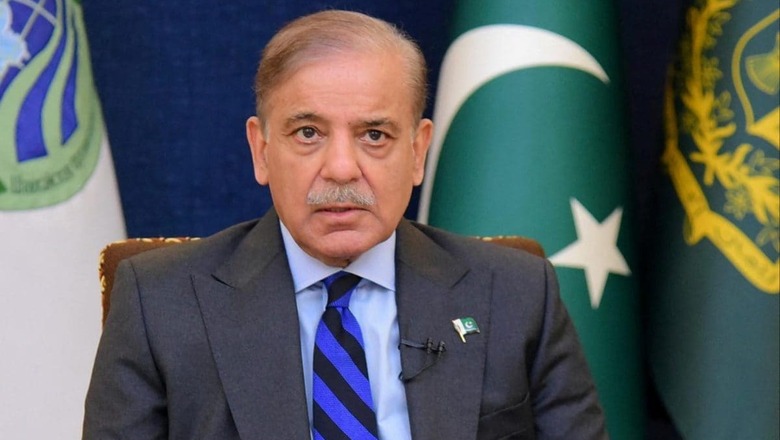
views
For those interested, there’s a massive sale on. Only it’s not in your neighbourhood mall or store but in Pakistan. Almost everything is available, for those looking for bargain basement deals with a little political clout attached. With a load of debt that is unlikely to be paid off in this or the next few decades, Islamabad really has no choice. Neither does Rawalpindi.
Pakistan got the bailout of the International Monetary Fund by the skin of its teeth, with just a few weeks of foreign exchange left for exports. The $3 billion bailout was only after the Saudis extended a forex loan of $2 billion, at a higher interest rate than the earlier loan of $3 billion last year, which in turn at 4 per cent was far higher than earlier ‘friendly’ loans. Meanwhile, the Chinese provided $4 billion, and the UAE $2 billion, all of which are yearly deposits. In simple terms, the earlier $3 billion Saudi deposit is maturing in December. And Pakistan simply can’t pay it back, nor the $1 billion due to China this month. These are funds provided by banks, and while they can be rolled over, they still require some surety, whether a ‘brotherly’ country or not. That is where the next step comes in.
A new set of alphabets
The Shehbaz Sharif government rolled out its next acronym, as a Pakistani commentator acidly noted, it was SEATO and CENTO in the 1960s, OIC in the 1970s, CPEC in the 2010s and now — Investment Facilitation Council (SIFC). The SIFC was first announced in June, with some 28 projects on offer. The first to jump in was the UAE-based AD Ports Group which is reported to have leased four berths at Karachi Port for 50 years and around $220 million. Then came Abu Dhabi with a deal for a new cargo terminal at Karachi in a government-to-government deal, thus taking over a major portion of the port. This followed a World Bank recommendation to upgrade facilities for trade. The usual one-upmanship between the Emiratis and the Saudis was apparent as Riyadh’s Aramco signed up with four Pakistani state-owned oil companies to build a $12 billion greenfield oil refinery at Gwadar in the province of Baluchistan. The local companies would contribute 70 per cent equity while Aramco would initialise the project with 30 per cent equity. That’s a promise that was made years ago. Now it seems the Saudis are agreeable to also grab a few airports while the sale continues.
Doha is in talks with Pakistan to jointly run the terminals of its three main airports — Karachi, Lahore and Islamabad. If this comes through, Doha would invest around $3 billion in cargo handling as well as providing five-star accommodation and modern facilities at the airports. There’s more to come. The Saudis may weigh in on the Reko Diq gold and copper mine, joining Canadian firm Barrick Gold Corp, by buying out the Pakistani’s 50 per cent share. Then there is agricultural land for sale, hydropower and just about anything anyone might want. Don’t forget Pakistan was, and still is a resource-rich state, that went awry due to its ‘strategic’ obsessions.
CPEC could get a boost
Meanwhile what of the China-Pakistan Economic Corridor (CPEC)? With China’s economy now definitely faltering, the ‘crown jewel’ of the Belt and Road Initiative seems to have taken a back seat for some time. As the present government’s Economic Survey 2022-23 observes, the Imran Khan government ‘derailed’ the CPEC – in other words, Khan tried to reduce the debt burden and turn to other sources, essentially admitting that the grand project had stalled. On its 10th anniversary, Beijing simply sent a lower Vice Premier, and as of now, there is no progress on even key projects like Gwadar, or agreement on the Mainline-1 railway, a key test of Pakistan-China cooperation that has yet to see fruition.
Meanwhile, with $25 billion already spent, all China has to show is a 43-year lease on Gwadar. China Overseas Port Holding Company (COPHC), has been building out the port’s infrastructure since 2013, but under the new contract, it would retain over 90 per cent of revenue from Gwadar’s marine operations, plus 85 per cent of revenue from the management of an adjacent free zone, not to mention deep tax exemptions that are the norm for CPEC projects. Pakistan was however responsible for the dredging operations and maintenance. Recently, the Senate Standing Committee on Maritime Affairs was told that this could not be carried out due to a lack of funds. Pakistan has just enough capability to maintain Karachi Port and berths.
It could well be that the investment from the Gulf will actually strengthen a faltering CPEC. Minister for Planning Ahsan Iqbal said that the two projects — SIFC and CPEC — were ‘twins’. This was said at the meeting celebrating ten years of CPEC, where the Chinese Vice Premier He Lifeng was also present. Iqbal claimed that the port had handled more than 600,000 metric tons of cargo in 2022 compared to 100,000 metric tons of cargo in the preceding four years. But marine traffic sites show little or no activity. Neither is there any sign of a massive China Pak Hills project, projected to match the “Hong Kong financial district” and provide luxury housing for 500,000 Chinese professionals. As Chinese total engagement in Belt and Road Initiatives crossed the $1 trillion mark, its engagement in Pakistan for the CPEC dropped by about 74 per cent. That could pick up if the Gulf money provides the much-needed boost. But this will take a while. Beijing has no more appetite for risk in a very chancy environment.
What does this mean for India?
For India, the point is that a number of West Asian countries that are overall well-disposed to India are now investing heavily in Pakistan. That also means that the number of investors who will push for stability in Pakistan are more and with a larger clout. Add up all the projected investments from the Gulf and it could eventually be on par with the CPEC. Delhi has made a huge leap in its relations with West Asia, particularly the Saudis and the UAE, with the latter confirmed as mediating between India and Pakistan, but also committed to large investments in Kashmir. The map may be changing.
A weak Pakistan, in the final analysis, may be able to deliver more to its people than a ‘strong’ Pakistan constantly at war with its neighbours. It’s ironic. But the flea in the ointment – as always – is China. As an investor, Beijing’s banks will demand stability and frown on wars and disturbances. What is unclear is whether Beijing’s hostility to India will clash with the vision of the Saudis and others as to Pakistan’s regional future as a trade corridor in the subcontinent. And peace with India. As with everything else, hope dies hard.
The author is a Distinguished Fellow at the Institute of Peace and Conflict Studies, New Delhi. She tweets @kartha_tara. Views expressed in the above piece are personal and solely that of the author. They do not necessarily reflect News18’s views.













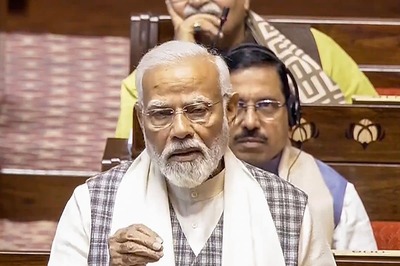
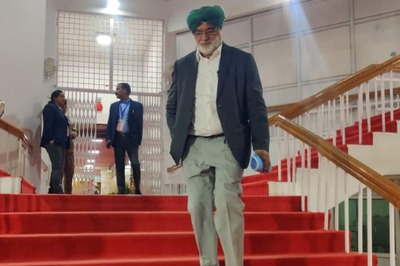

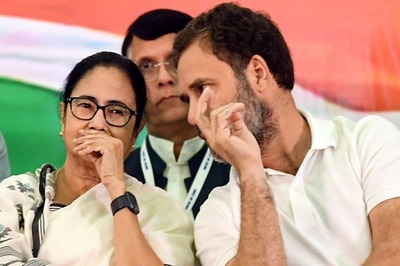
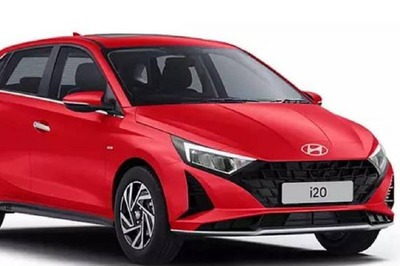

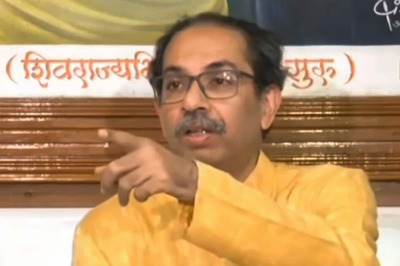
Comments
0 comment